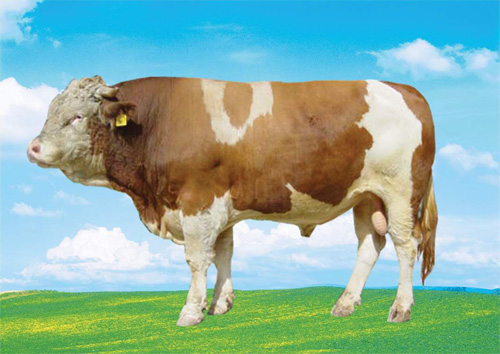Now the urea feeding method is introduced as follows. Urea can’t be fed alone. Usually, urea is completely dissolved in water, sprayed on the concentrate, mixed and fed. The feeding amount of urea should be strictly controlled, and urea cannot be used to replace all the protein in the diet, generally not more than 1/3 of the crude protein in the diet, or not more than 1% of the dry matter in the diet, or calculated according to the weight of the sheep. It is equivalent to 0.02-0.03 of body weight, that is, every 10 kg of body weight, 2-3 grams of urea per day. Urea feeding should be increased gradually from small to large, so that the rumen microorganisms have an adaptive process, and it is best to continue feeding, generally short-term feeding is not good. Feeding urea to sheep should be watched for not toxicosis.
Urea is decomposed into ammonia in the rumen by the action of urease, so that microorganisms can be used. When the rate of urea utilization by rumen microorganisms is lower than the rate of urea decomposition, part of the ammonia enters the blood circulation, and ammonia toxicosis occurs due to the increased blood concentration. In order to prevent it, we should first try to slow down the decomposition rate of urea in the rumen, so that rumen microorganisms can make full use of ammonia. Some "safe non-protein nitrogen" products have been developed in China, such as DUIB, urea phosphate, and biuret. These products can slow down the decomposition rate of urea in the rumen, which is beneficial to the full utilization of ammonia by microorganisms. When feeding urea, it should be fed a small number of times a day, usually 2 or 3 times a day. Do not give water immediately after feeding, to prevent urea from entering the real stomach, and can’t feed them when animals have empty stomach. Feeding should also provide sufficient nutrients for rumen microbes, such as corn, sorghum and syrup with a lot of starch, the purpose is to improve the reproductive capacity of microorganisms to accelerate the use of ammonia. In addition, adding bone meal and potassium sulfate (sodium) to the diet could increase the level of sulfur and phosphorus and can also improve the utilization of urea. Feeding urea only when the dietary protein is insufficient; when the dietary protein is sufficient, the microorganisms use organic nitrogen, and feeding urea causes waste. Urea cannot be fed at the same time as raw bean cake and raw beans, because these substances contain urease, which decomposes urea faster and is prone to toxicosis. If a sheep suffers from urea toxicosis, it will show nervousness, uneasiness, excessive saliva production, muscle tremors, movement disorders, swelling, struggling, roaring, even lying on the ground, suffocating and suffocating. Urgent method can be intravenous injection of 10% -25% glucose, 100-200 ml each time. Or instill vinegar to neutralize ammonia. Or, take cold water. Cold water can reduce the temperature of rumen fluid, thereby reducing urea decomposition; it can also dilute the concentration of ammonia and slow down the rate of absorption of ammonia in the rumen. To use cold water and vinegar together is better.





